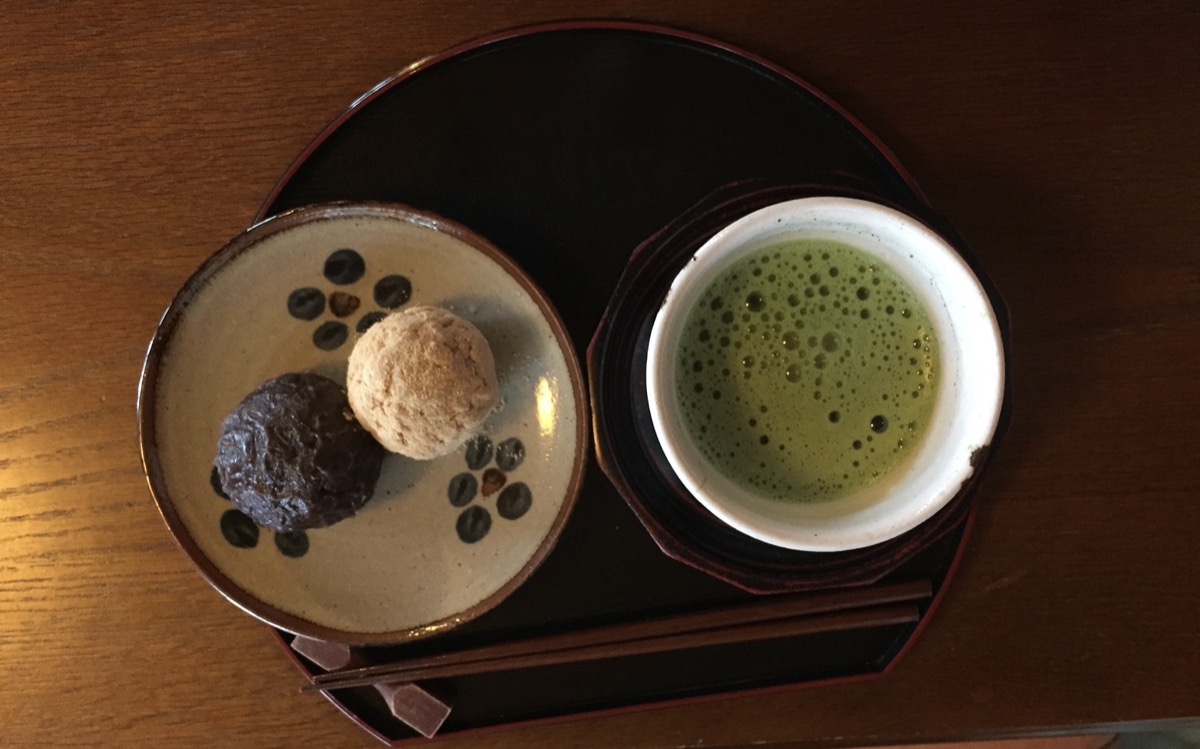慰霊の日 irei-no-hi: Okinawa War Memorial Day.
Irei-no-hi is on June 23rd. This is a prefectural holiday here in Okinawa, so schools and government offices close. It is a day to remember and pray for those Okinawans whose lives were sacrificed during the Battle of Okinawa and WWII, especially since the majority of them were civilians, not soldiers, and so much of the island was destroyed by the ravages of battle.
Many museums and art galleries have special displays, usually photography, during this time. The Peace Park in Itoman has a special remembrance ceremony, light-up, and lantern floating with messages of peace on this day. The news programs all dedicate a lot of time to memorials this day.
If you want to visit the Itoman Peace Memorial Park during this time, you will need to take a shuttle, as parking is limited. It is a more somber event, but worthwhile nonetheless.
